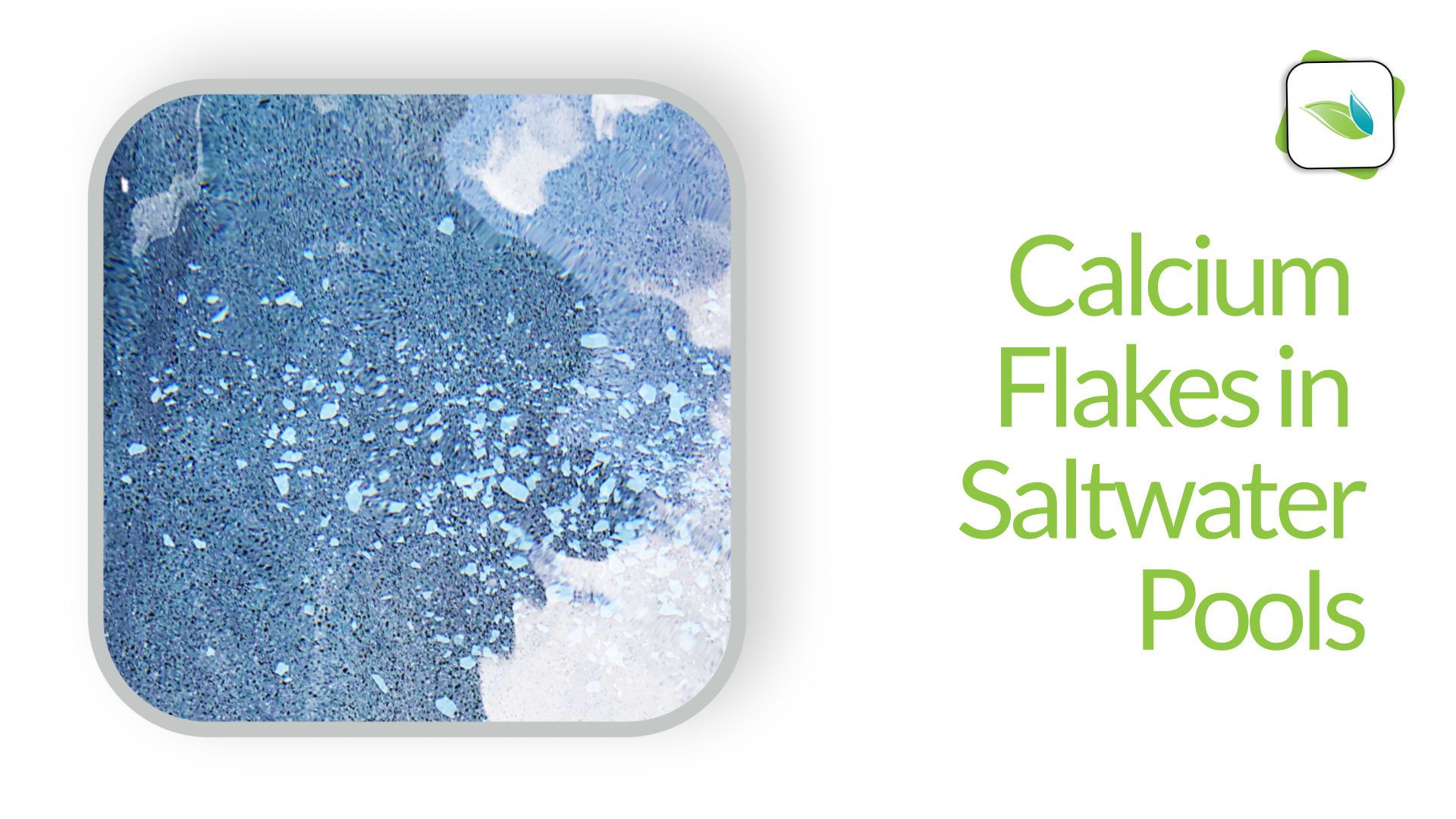The hayward aquatrol system includes a pump power plug, so that the built in timer controls both the SWCG and the pump.
I would enjoy this feature, it would save me having to watch two timers to make sure they stay in sync.
However, I have two concerns about it. One being the reports of burnt up components from the pump power draw, and two being that Orenda recommends "cool down" flow after the cell turns off as a way to avoid potential calcium carbonate buildup on the cell plates (along with keeping water CSI slightly negative).
Do you think that the built in timer already includes any cool down period? If it doesn't I will suffer two timers, if they're both grid synced I think they should agree.
 www.troublefreepool.com
www.troublefreepool.com
I would enjoy this feature, it would save me having to watch two timers to make sure they stay in sync.
However, I have two concerns about it. One being the reports of burnt up components from the pump power draw, and two being that Orenda recommends "cool down" flow after the cell turns off as a way to avoid potential calcium carbonate buildup on the cell plates (along with keeping water CSI slightly negative).
Do you think that the built in timer already includes any cool down period? If it doesn't I will suffer two timers, if they're both grid synced I think they should agree.



.png)